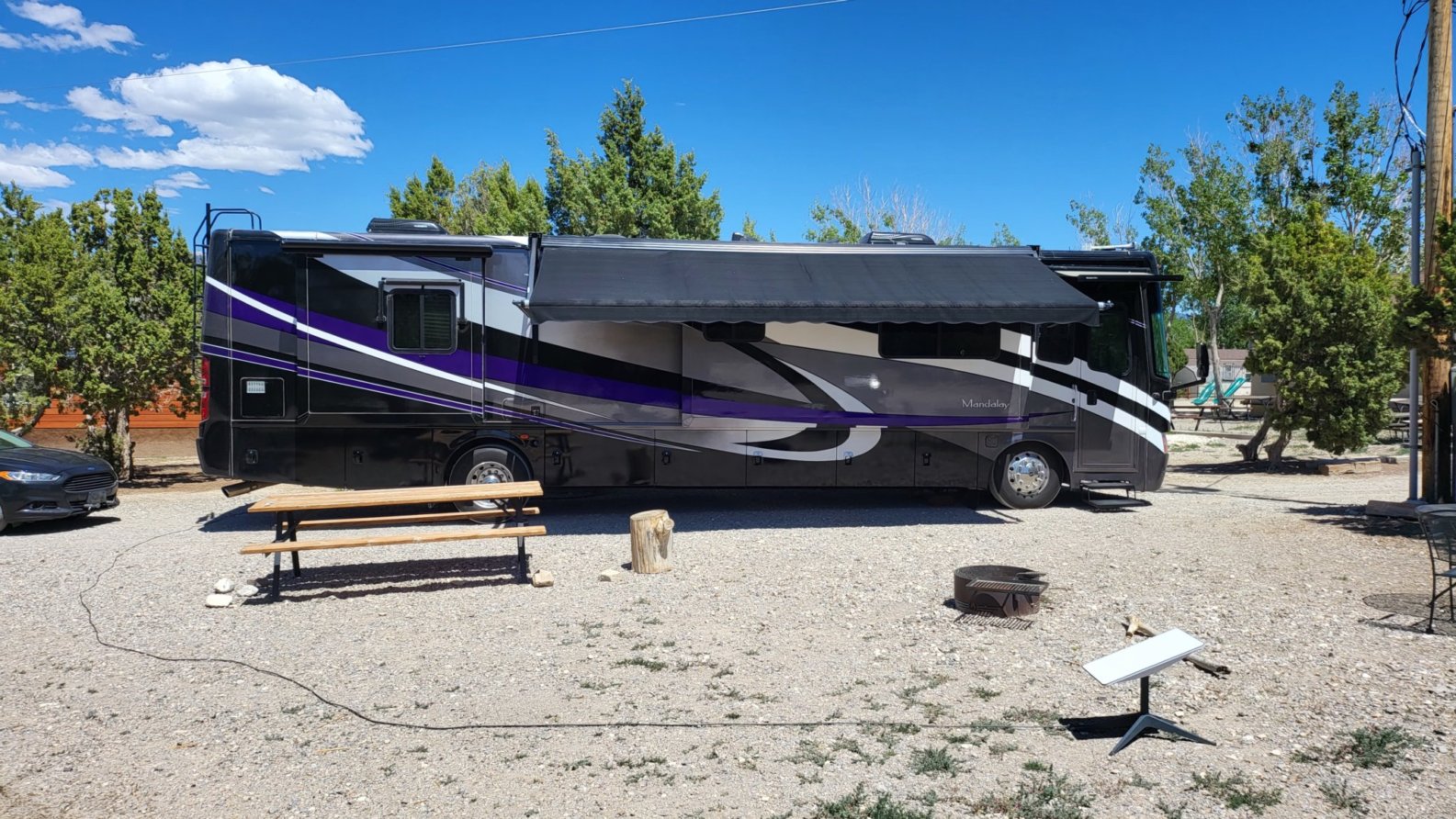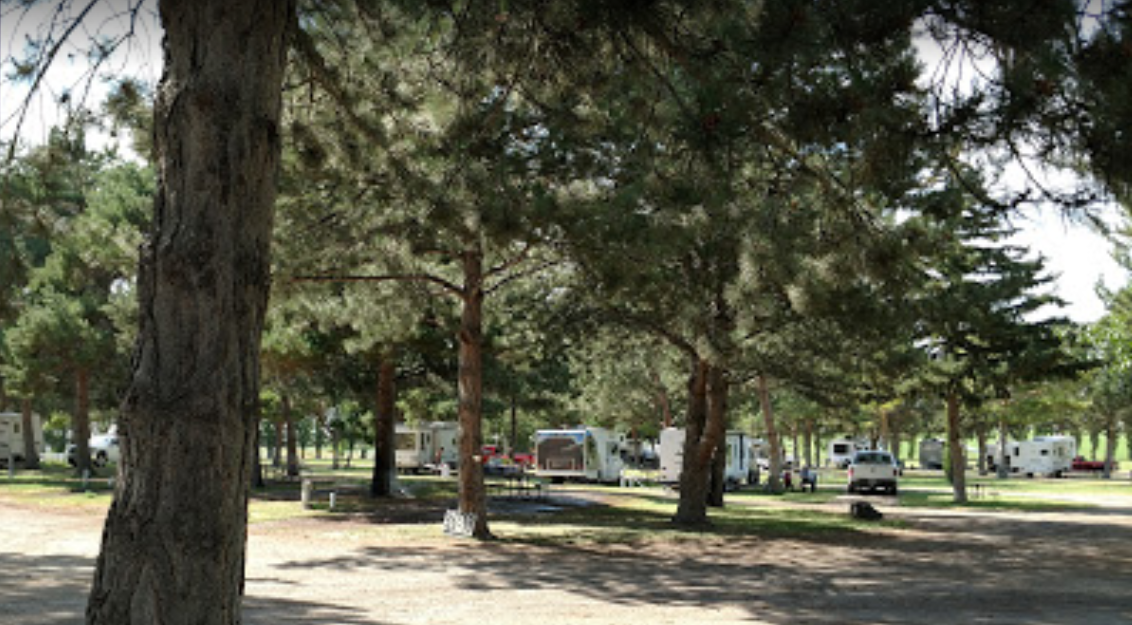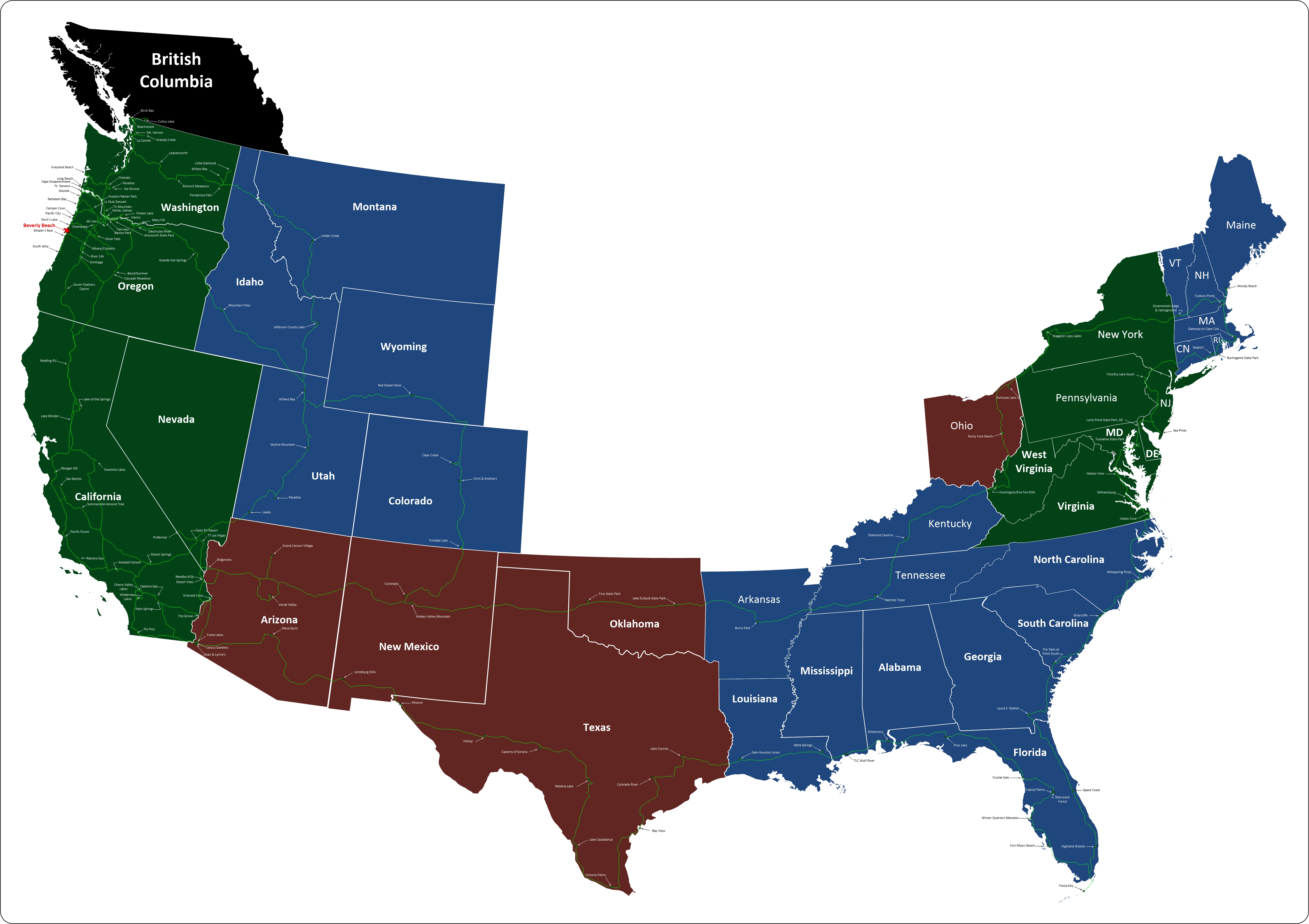Kansas was first settled by Americans in 1827 with the establishment of Fort Leavenworth. The pace of settlement accelerated in the 1850s, in the midst of political wars over the slavery debate. When it was officially opened to settlement by the U.S. government in 1854 with the Kansas–Nebraska Act, abolitionist Free-Staters from New England and pro-slavery settlers from neighboring Missouri rushed to the territory to determine whether Kansas would become a free state or a slave state. Thus, the area was a hotbed of violence and chaos in its early days as these forces collided, and was known as Bleeding Kansas. The abolitionists prevailed, and on January 29, 1861, Kansas entered the Union as a free state, hence the unofficial nickname "The Free State."
By 2015, Kansas was one of the most productive agricultural states, producing high yields of wheat, corn, sorghum, and soybeans. Kansas, which has an area of 82,278 square miles (213,100 square kilometers) is the 15th-largest state by area and is the 34th most-populous of the 50 states with a population of 2,911,505. Residents of Kansas are called Kansans. Mount Sunflower is Kansas's highest point at 4,041 feet (1,232 meters).




